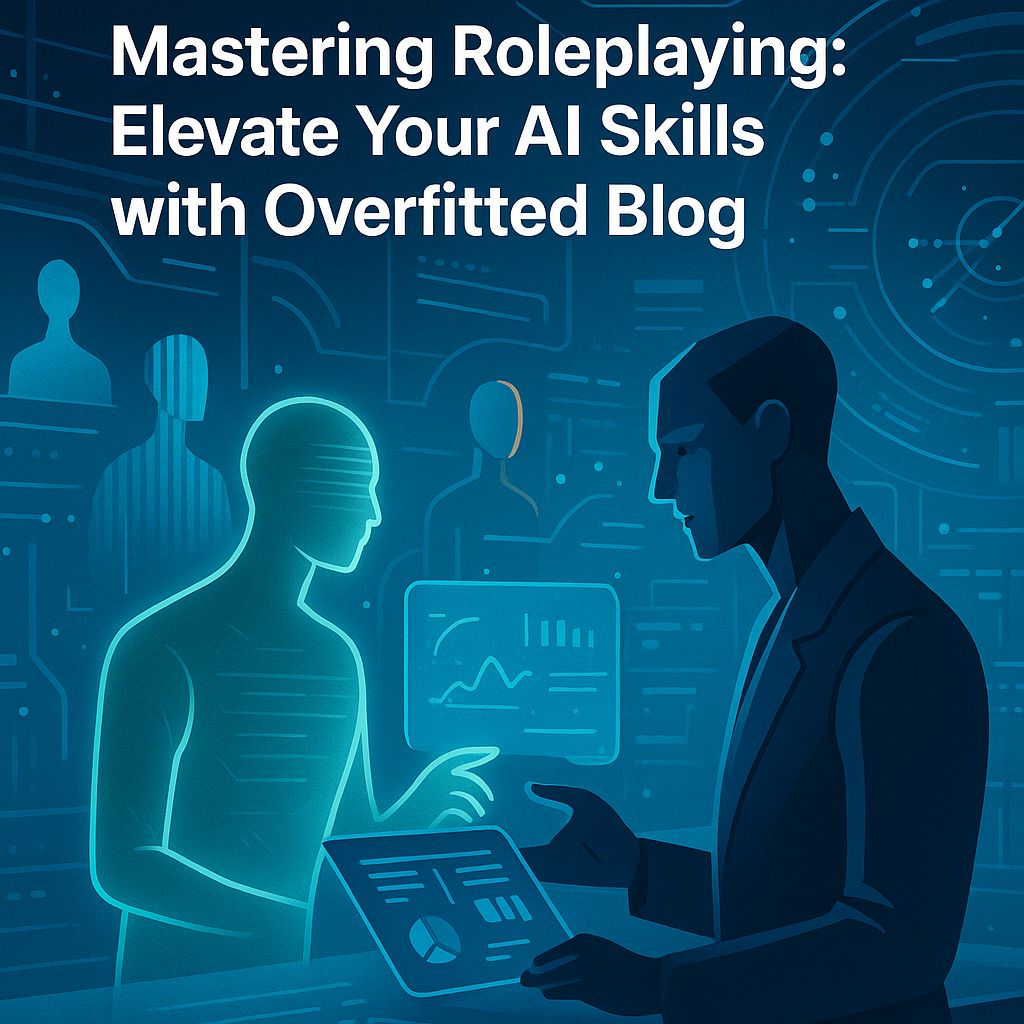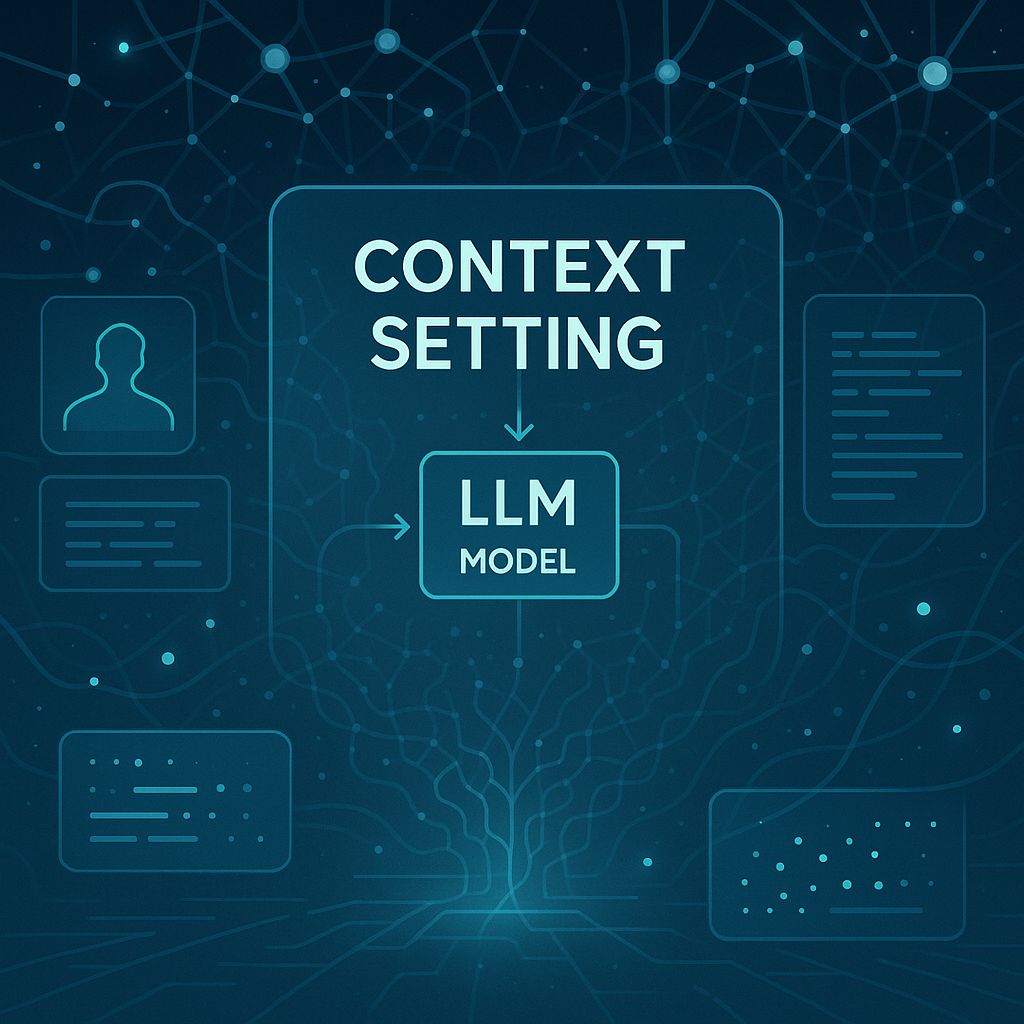Summary: In the ever-evolving world of artificial intelligence, the ability to refine large language models (LLMs) to embody specific characters or personas is gaining significant attention. This capability has profound implications, particularly in interactive domains such as gaming and brand communication. Imagine non-player characters (NPCs) in games that not only appear lifelike but also maintain consistent identities and exhibit deep skills and knowledge tied to intricate game lore. Such advancements could redefine interactive experiences, moving beyond simple chatbots to create rich, digital personalities with nuanced backstories and distinctive quirks. The challenge lies in ensuring these models consistently inhabit their defined roles, a task that recent research is beginning to address through advanced prompting techniques. These developments promise a future where AI-driven characters and agents can engage users in more meaningful, immersive interactions, offering exciting possibilities for developers and enthusiasts alike. As this technology progresses, it opens the door to crafting truly sophisticated digital personas.

Welcome to Overfitted, where we simplify AI concepts for everyone. Today, we delve into the fascinating world of large language models (LLMs) and their ability to adopt specific personas. This capability is essential for enhancing interactive experiences in domains like gaming and brand communication. Imagine non-player characters (NPCs) in video games that not only appear lifelike but also maintain consistent identities and exhibit knowledge tied to intricate game lore. This blog explores recent advancements in role-playing prompting techniques that promise a future where AI-driven characters engage users more meaningfully.
The Power of Role-Playing Prompts

Role-playing prompts are more than just a fun exercise; they are instrumental in enhancing the performance of LLMs. A key study explored how adopting specific roles, such as a math teacher, can improve a model’s problem-solving abilities. This approach, termed role-play prompting, involves a two-stage framework:
- Stage One: Crafting the best role-play prompt by allowing the LLM to define what it means to embody a role, such as “an excellent math teacher.”
- Stage Two: Presenting actual tasks to the LLM with the refined role prompt, enhancing task performance.
This technique led to significant performance improvements. For example, ChatGPT’s accuracy on math problems increased from 53.5% to 63.8% when prompted as a math teacher. Similarly, its performance in common sense reasoning soared from 23.8% to 84.2% when role-playing a quiz contestant. These findings underscore the importance of framing interactions to unlock an LLM’s full potential.
“The persona isn’t just cosmetic, it’s operational.” — Overfitted Blog
Ensuring Persona Consistency with PCL
Maintaining consistent character portrayal is a challenge for LLMs, which often lose track of details over extended interactions. Enter Persona-Aware Contrastive Learning (PCL), a technique designed to enhance character consistency without massive datasets. A crucial component is the Rolled Chain Method, where the model engages in internal self-reflection based on its assigned persona and dialogue history before generating a response.
- Before responding, the model asks itself questions like, “How would a grumpy merchant react?”
- This self-questioning helps ground responses in the character’s persona, ensuring consistent output.
Iterative contrastive learning further refines this process by favoring persona-consistent responses over inconsistent ones. This method significantly outperforms standard LLMs in maintaining character consistency, enhancing the believability of digital personas.
The Influence of Context: Lessons from Jailbreaking

Research into LLM jailbreaking reveals the power of context in guiding model behavior. Techniques like pretending and scenario nesting demonstrate how framing a request can influence an LLM’s output, sometimes bypassing safety protocols. This sensitivity to context is directly applicable to creating more consistent NPCs. By carefully defining an NPC’s situation, mood, and interactions, developers can ensure that AI-driven characters remain in character and enhance the interactive experience.
- Pretending: Engaging in role-playing games or simulating scenes to influence outputs.
- Scenario Nesting: Embedding requests within a task context to guide responses.
These techniques highlight the fundamental role of context in LLM interactions, offering a roadmap for more immersive and functional NPCs in games and simulations.
“Explicitly setting a scene, assigning a role, creating a specific interaction scenario… is a fundamentally powerful way to guide and control the LLM’s output.” — Overfitted Blog
Conclusion: Crafting Rich Digital Personas
In summary, leveraging role-play prompts, persona consistency techniques, and context setting can significantly enhance the capabilities of LLMs in creating believable NPCs. These advancements promise a future where AI-driven characters do not just generate dialogue but also exhibit behavior that is consistent, immersive, and integrated within their environments. For developers and AI enthusiasts, mastering these techniques opens the door to crafting sophisticated digital personas with deep skills, knowledge, and intricate backstories.
As we continue to explore the potential of LLMs, the insights gained from role-playing and context framing will be pivotal in creating digital characters that truly enrich interactive experiences.
For those involved in building interactive worlds or sophisticated conversational systems, understanding and applying these research-backed prompt engineering techniques is key to developing more capable and immersive characters.
“These techniques kind of offer a roadmap… instead of just telling an LLM, ‘be an NPC,’ you can create situated character-consistent behavior.” — Overfitted Blog
Thank you for joining us on this exploration of role-playing and persona consistency in LLMs. We hope this deep dive provides valuable insights for your projects or understanding of AI’s evolving capabilities.

Leave a Reply